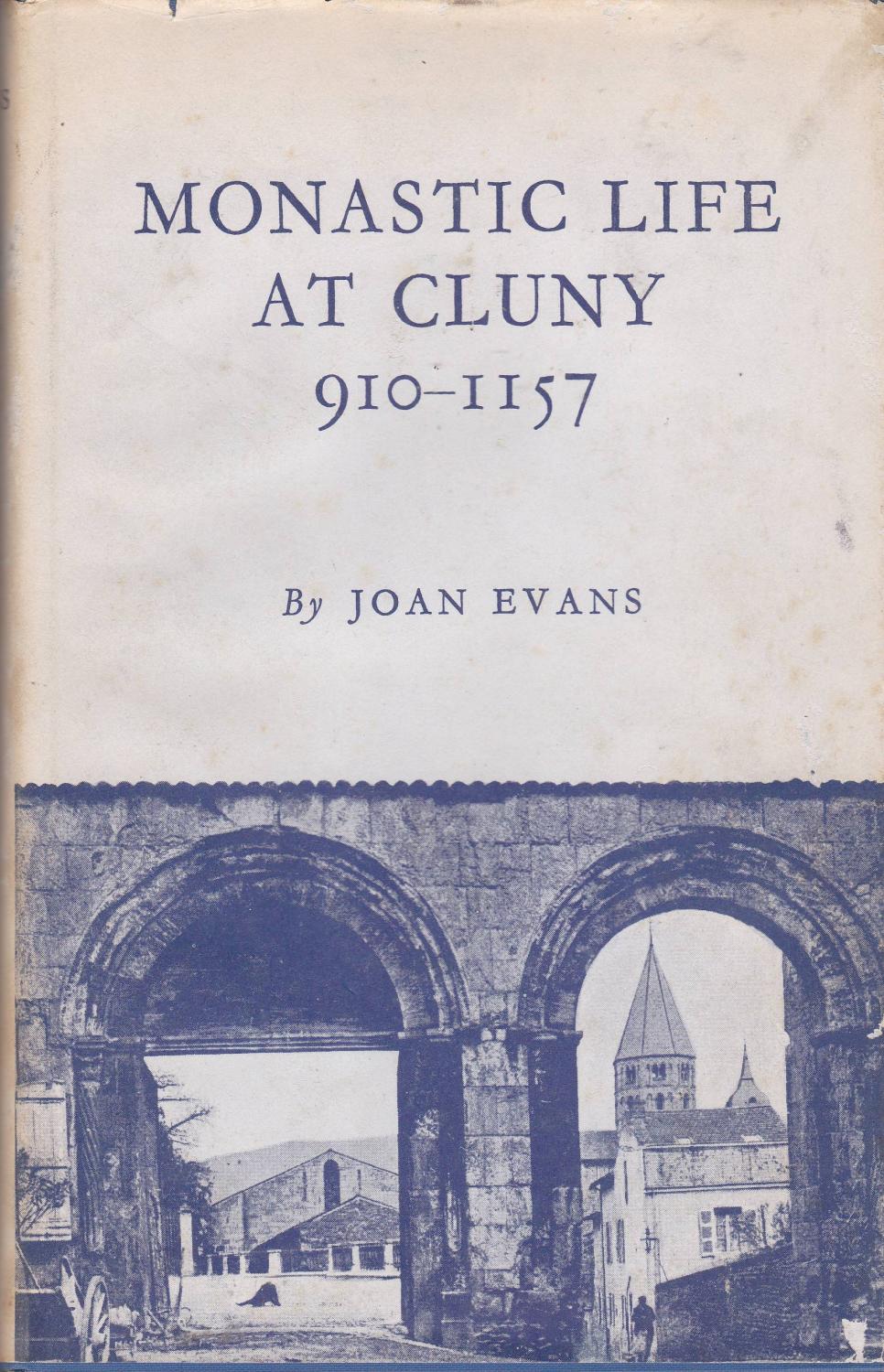 Monastic Life at Cluny 910-1157 by Joan Evans, 130 pages
Monastic Life at Cluny 910-1157 by Joan Evans, 130 pages
As Rome fell and the medieval world rose, Christian monasticism flourished. As time passed, however, the same monasteries that served as fortresses of the faith fell into decadence and dissolution. The Carolingian reform established the Rule of St Benedict throughout Western Europe, but the corruption was great and the workers few. In 910 William of Aquitaine gifted a portion of his hunting preserve to the reforming abbot of Baume, St Berno, on which the monastery of Cluny was founded. Adhering to strict interpretation of the Rule, dedicated to the celebration of the liturgy, and directly subject to the Pope, under a series of saintly abbots Cluny became the center of the 10th century monastic reform that ushered in the High Middle Ages.
The Cluniacs were eventually overshadowed by the rise of the Cistercians, an eclipse which was perpetuated by posterity. Joan Evans' short book does nothing to reverse this, indeed, it is barely interested with Cluny's role in the broader reform movement. Instead, Monastic Life at Cluny is a more modest description of the history of the particular monastery of Cluny and the daily life of the monks. It is no less valuable for that - it was through this life and for the sake of this life that the world-historical work of reform was carried out.
No comments:
Post a Comment